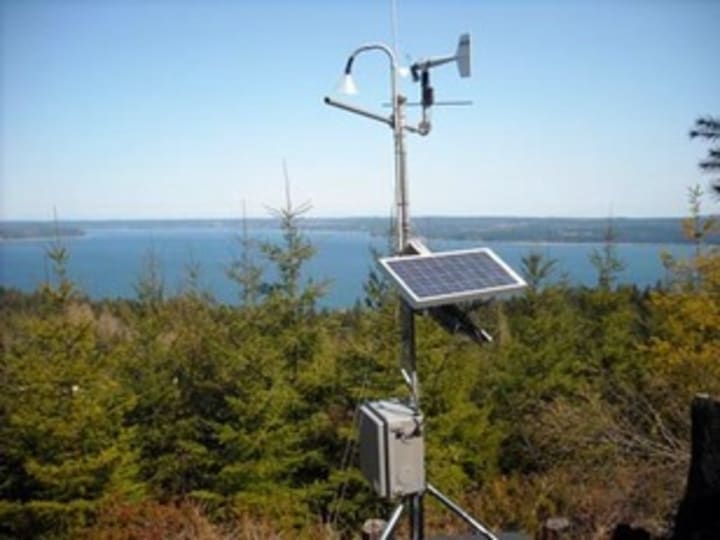Atmospheric Monitoring
Cleaner and Toxic-free Atmosphere

Atmospheric monitoring is defined as a process to measure the levels of toxic chemicals to which human are exposed by ingesting, inhaling or absorption through the skin. The contaminants present in air includes dust, fumes, vapours and gas. Various atmospheric monitoring tools are developed for measuring the quality of air in rural, urban and industrial areas. It includes the modelling and measurement of various air pollutants, their transformation, precursors, mixing in residential environments. These tools include Chemical transport model and the air pollution model. It helps us in monitoring, regulation and setting various environmental standards for air quality. Toxicology basically tells us that there is a certain dosage above which every substance becomes toxic even water can become toxic beyond a certain limit and poison may cause no noticeable damage below a certain dose.

Micrometeorology:
This is basically a technique used for understanding and measuring the transfer of carbon, water and heat from land to atmosphere. It includes remote sensing, ecophysiology, data collection along with field based observations.
Atmospheric monitoring of NOx, NO and NO2:
For the monitoring of NOx, NO and NO2 we can use the model 405 nm. This model is referred as FEM for NOx by the EPA. We can widely use these instruments in remote monitoring because of their various qualities like light weight, small size and low requirement of power. Various agencies throughout USA has been using 2B tech devices including NOAA, National park service, British antarctic survey and National forest service.
Remote Atmospheric Monitoring:
Remote atmospheric monitoring includes the use of satellite instrument and satellite in order to determine the air quality indicators and pollutants concentration in atmosphere. For remote atmospheric monitoring we use data collected from satellite and surface based sensors along with atmospheric models based on computers. We may use Tropospheric monitoring tool , which is basically a device on 5P satellite that is used to collect the information regarding atmospheric concentration of pollutants and air quality indicators.
Chemical toxicology:
Toxicology basically tells us that there is a certain dosage above which every substance becomes toxic even water can become toxic beyond a certain limit and poison may cause no noticeable damage below a certain dose. Keeping in view the dosage concept a Drug Toxicity index novel has been released. All the chemicals or compounds found in this world are poison. Right dosage defines the difference between remedy and poison. Toxicants are the substance that have harmful effect on body. The is always a risk of toxicity. We can find the risk by the following formula:
(Toxicity).( Exposure)=Risk
Toxicity:
Toxicity is defined as the effect of certain chemicals on human or other living organisms. Effect of various chemicals on body depends on various doses. If the drug damages the cell it is called cytotoxicity. We can measure toxicity in a population by relating the result of the effect of chemical. We need to add safety factors that will define the estimated effect of drug in an individual. We can explain it by saying if the certain dose of a chemical is considered save for rat than 1/10 of this dose would be save for human also. Then in this observation safety factor of 1/10 is added. The safety factor may vary from specie to specie.
Conclusion:
The air pollution level is significantly increasing in urban areas. The urban areas release a large number of pollutants from industries, vehicles and power generation sources. Various techniques are developed in order to model, monitor and analyse the chemical processes in atmosphere. Atmospheric monitoring includes the measurement of various green-house gases, reactive aerosols, biogeochemical cycles. Toxicology is basically the amount of chemical that is considered as lethal for health. All the chemicals or compounds found in this world are poison. Right dosage defines the difference between remedy and poison. Toxicants are the substance that have harmful effect on body. It is basically the amount of dose of a certain substance that will decide the toxic or beneficial effect.
About the Creator
senya abdulrehman
"Creating magic with words, one page at a time"






Comments
There are no comments for this story
Be the first to respond and start the conversation.